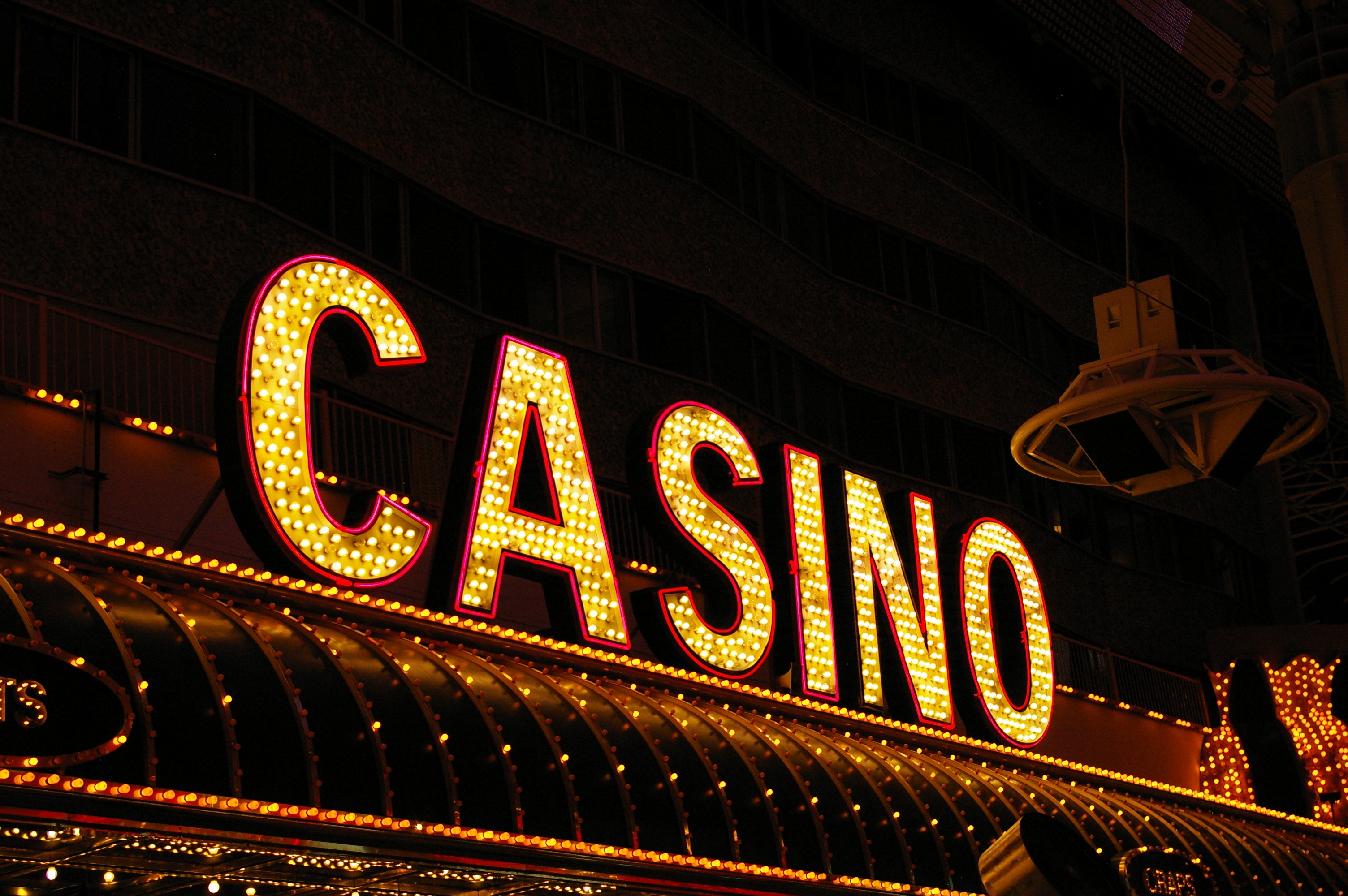Casino experiences have long captivated people’s attention, drawing gamblers into a realm filled with luck, strategy, and the allure of adventure. Each experience is carefully crafted not just for fun, but also to elicit specific emotional responses that keep gamblers immersed and interested. Understanding the drives behind these designs reveals much about how psychology plays a crucial role in the gaming experience.
From the vivid lights and dynamic sounds to the complex layering of systems and payoffs, casino games are designed to create an atmosphere of thrill and expectation. Game designers leverage psychological principles to influence player behavior, whether through the use of big prizes, close-call situations, or social interactivity. By examining these elements, we can better appreciate how casino games fulfill not just a desire for entertainment, but more profound psychological needs for excitement and risk.
Understanding Player Actions
Casino games are crafted with a profound understanding of gamer psychology, which is crucial for luring and retaining players. The thrill of the game, alongside the expectation of winning, creates a strong draw. Game designers employ elements like audio cues, colorful graphics, and immersive gameplay to engage attention and evoke emotional responses. These sensory experiences enhance the overall experience, making players feel more attached in the game.
Another significant aspect of player behavior is the concept of risk and reward. Casino games often balance high-stakes situations with the potential for significant rewards, which can result in the event known as near-miss experience. When players come near to winning, the brain produces dopamine, bolstering their behavior and encouraging them to keep playing in pursuit of that hard-to-reach win. This cycle of wish and frustration plays a critical role in how games are constructed and marketed. Nổ hũ UU88
Lastly, social elements also play a critical role in player behavior at casinos. Many games are crafted to be played in groups or alongside other players, nurturing a sense of togetherness and shared experience. The community engagement inherent in games like poker enhances enjoyment and can lead to longer play sessions. Designers capitalize on this by creating environments that prompt players to linger, connect, and come back, making the overall casino experience more inviting.
The Role of Visuals and Audio
Visuals and sound play a crucial role in enhancing the gambler’s experience within casino games. Designers utilize bright colors, eye-catching graphics, and engaging animations to capture gambler’s attention and maintain their interest. The use of themes, such as exploration or opulence, helps create an immersive atmosphere that takes players into another world. By connecting to the senses, these elements contribute to a heightened emotional response, prompting players to interact more profoundly with the games.

Sound design is equally important in enhancing the overall experience of gambling games. The combination of background music, sound effects for successful combinations, and environmental noises creates an sound landscape that keeps players fascinated. Sounds associated with wins, such as ringing bells or celebratory music, evoke feelings of excitement and reward, encouraging players to continue playing. These sound cues are strategically placed to enhance the excitement of the game and create a more immersive experience.
Moreover, the synchronization of imagery and audio is important for supporting the game’s overall concept and mood. UU88 Each element should align harmoniously to create a cohesive experience that draws players in. The effective use of this integration not only improves user satisfaction but also increases the likelihood of return play, as players become more engaged in the captivating world that the casino games offer. This thoughtful combination of imagery and sound ultimately enhances player involvement and loyalty.
Incentive Systems and Engagement
The design of casino games greatly relies on reward structures to keep participants engaged and returning for more. These structures are based in psychological theories that exploit human behavior and motivation. Participants are often driven by the thrill of winning, which is reinforced by immediate feedback through the game’s design. This prompt satisfaction not only improves the gaming experience but also cultivates a feeling of achievement, encouraging participants to continue participating in hopes of greater rewards.
Gaming establishments adopt various reward structures, such as large payouts, extra rewards, and multipliers, to captivate players. These features create a level of thrill that maintains engagement. Additionally, the randomness of results plays a crucial role in keeping attention. The variable reward system, where successes are random but happen often enough, maintains participants on edge and driven to keep playing. This cycle of hope and anticipation is essential to the effectiveness of gambling experiences.
Furthermore, community aspects, such as tournaments and collaborative options, enhance the engagement factor by leveraging the competitive nature of players. The communal aspect of gaming with fellow participants can amplify the thrill of winning and create a sense of community within the casino. By integrating these social dynamics with effective reward systems, gambling experiences don’t just provide entertainment but also foster a stronger bond among players, reinforcing their loyalty to the overall experience.